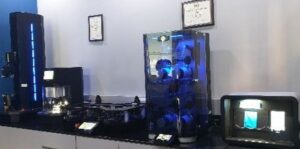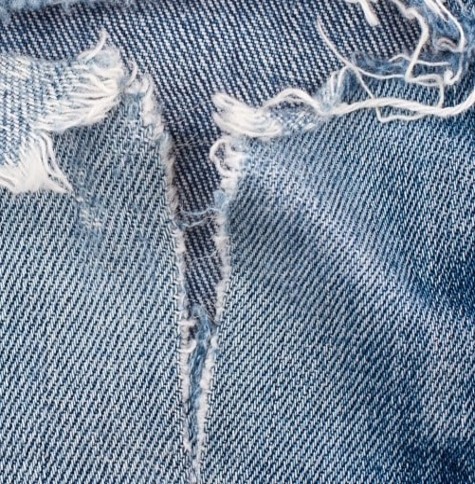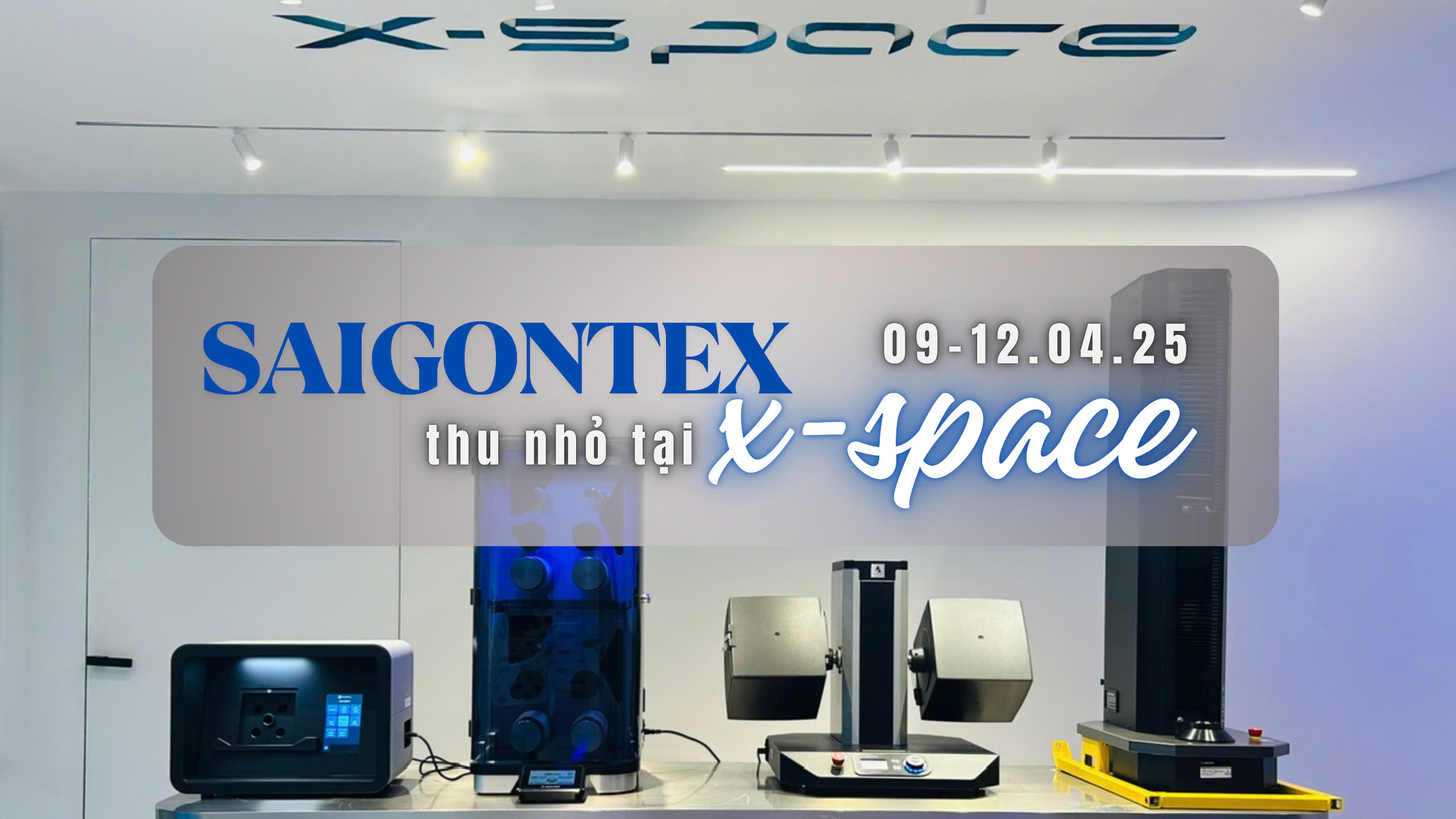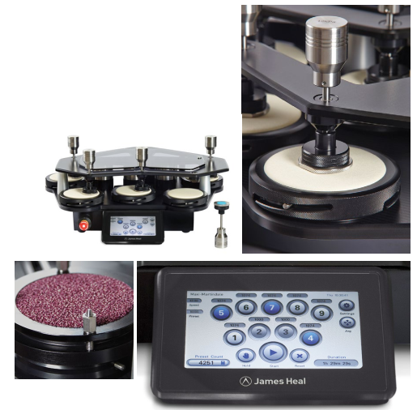Get it ‘Right First Time’ when making new investment

Investing in laboratory testing equipment for the textile industry requires careful evaluation to ensure accuracy, compliance with international standards, and optimal operational efficiency. Below are the critical factors businesses should consider before making an investment decision.
1. Define Testing Requirements & Technical Standards
🔹 Identify the required testing types – Are you testing mechanical properties, chemical composition, color fastness, tensile strength, washing durability, or chemical safety?
🔹 Compliance with international standards – The equipment must meet widely recognized standards such as ISO, AATCC, ASTM, OEKO-TEX, GOTS, ZDHC, etc.
🔹 Future expansion & development – Will the laboratory serve in-house quality control, customer verification, or certification for export markets?
2. Select High-Precision & Reliable Equipment
🔹 Repeatability & reproducibility – Equipment must deliver consistent and accurate test results.
🔹 Calibration & maintenance feasibility – Regular calibration is essential for maintaining accuracy, and reliable maintenance services should be available.
🔹 Durability & lifespan – Choose high-quality, long-lasting brands to minimize downtime and ensure stable operation.
3. Choose a Trusted Supplier with Strong Technical Support
🔹 Equipment origin & certification – Prioritize genuine products with international certifications to guarantee quality.
🔹 After-sales services – Evaluate the supplier’s warranty, maintenance, and user training programs.
🔹 Expert technical support – Does the supplier have a team of skilled technicians to provide prompt assistance when needed?
4. Integrate Advanced Technology & Automation
🔹 IoT connectivity & data management software – Enhances testing efficiency and minimizes errors from manual handling.
🔹 Automated operations – Some testing equipment can analyze data autonomously, reducing labor and time costs.
🔹 Scalability & upgradeability – Select equipment that can be upgraded to accommodate future business growth.
5. Optimize Investment Costs & Operational Efficiency
🔹 Initial investment vs. long-term operational costs – Consider the total cost of ownership (TCO) rather than just the purchase price.
🔹 Equipment utilization efficiency – Ensure that the equipment meets actual needs, avoiding unnecessary or unsuitable investments.
🔹 Warranty & long-term support policies – Choose suppliers that provide comprehensive after-sales services.






